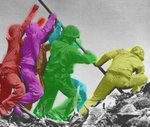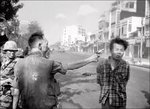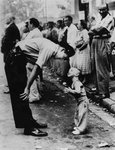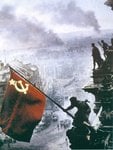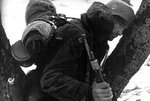ccheese
Member In Perpetuity
In the first photo posted by Graeme, Ira Hayes is sitting on the far left.
Mike, Ira, Doc Bradley and Franklin are in this photo, but Ira is the only
one I can identify.
Charles
Mike, Ira, Doc Bradley and Franklin are in this photo, but Ira is the only
one I can identify.
Charles

